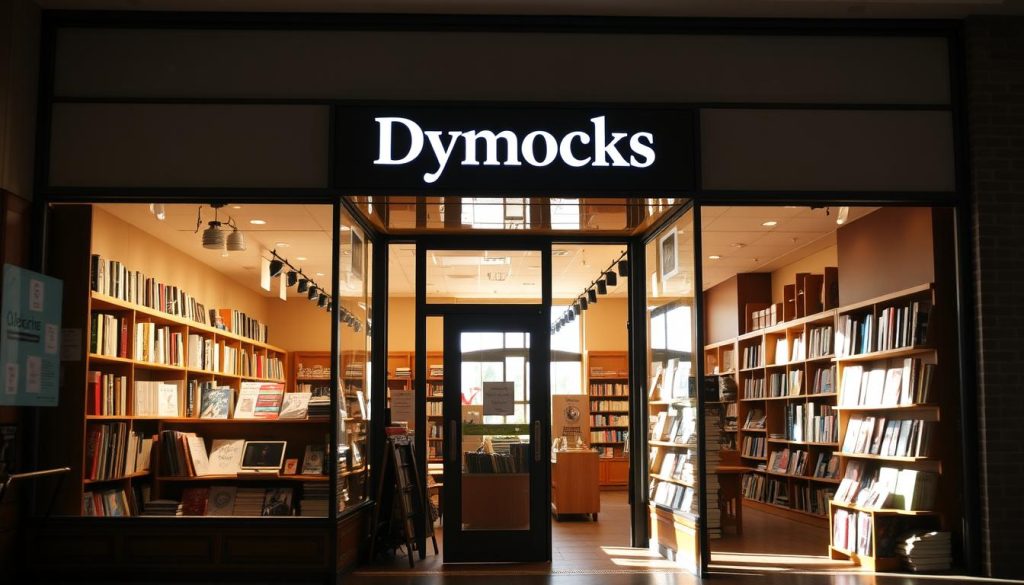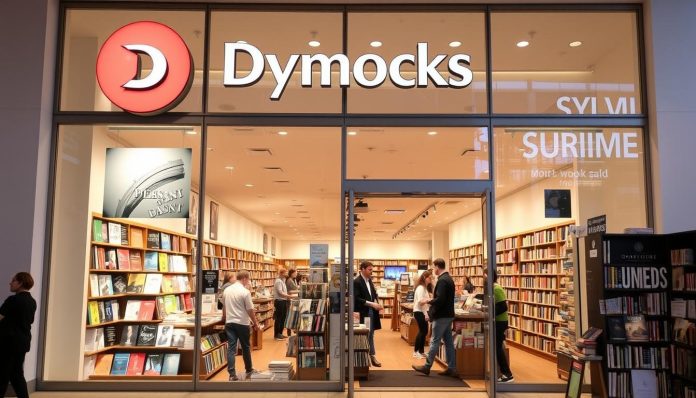Step inside a longtime bookseller that balances history with modern ease. Founded in 1879, this iconic store began as a small Sydney shop and grew into a landmark with deep shelves and a friendly staff. Visitors find a thoughtful selection that helps each reader pick the next great book.
The brand’s story spans a century and shows how care for readers can scale. From a bustling arcade on George Street to a wide online presence, the company stays true to welcoming, human service. Staff act as guides, not gatekeepers, so browsing feels like a conversation.
Whether you’re browsing in person or online, expect curated lists, local events, and staff picks that simplify discovery. For American readers, it’s a clear example of how tradition and innovation can make finding books joyful and easy.
Key Takeaways
- Founded in 1879, the brand blends heritage with modern retail.
- The in-person and online experience focuses on helpful staff and curation.
- Scale allows deep selection while keeping a local, human feel.
- Community programs and picks make browsing feel like a conversation.
- Good example for U.S. readers of retail storytelling done right.
Why Dymocks Still Matters in a Digital-First Book World
What began as a humble Sydney outlet in 1879 now balances in-store discovery with smart web tools. The chain expanded into a franchise in 1986 and moved online in late 2006, creating a practical, multichannel path for readers.
From spine to screen, the business pairs the serendipity of browsing a physical store with the convenience of an online store. That early web pivot wasn’t a gimmick—it answered changing shopper habits and added ways to find a great book.
The company learned on a large scale: historic operations once managed massive stock, teaching buyers how to surface unexpected titles. Nearly 150 years of trading build an intuition about what keeps readers coming back.
Family stewardship helps the brand keep values steady across locations and the site. Multichannel here means tools and people working together, so readers get the ease of web search plus the warmth of in-person advice.
Dymocks
Longstanding retail instincts give this chain an edge: practiced buyers, consistent service, and a clear sense of place.
An Australian-founded private bookstore chain with decades of stock expertise
Founded in 1879, the privately owned business built its reputation on careful stock control and friendly service. Staff pick titles to match local tastes, which helps each store feel curated rather than generic.
The Forsyth family stewardship and the landmark Dymocks Building
The Forsyth family has guided the company since William Dymock’s passing, keeping decisions focused on long-term trust. The Art Deco Dymocks Building (site bought 1922, completed 1930) anchors the brand’s history and gives the flagship a distinctive landmark.

Programs that build community: Booklover Rewards and Dymocks Children’s Charities
Customer loyalty began with Booklover Rewards in 2001 and a relaunch in 2006. The program rewards frequent readers and deepens ties between buyers and staff.
“Getting books into young hands is both charity and investment in future readers.”
Dymocks Children’s Charities sends books to pre-primary and primary classrooms, widening access and encouraging early literacy.
Beyond books: past ventures in tutoring, stationery, and more—and what they signal
The chain experimented with D Publishing (2011–2013), education via Potentia (rebranded to Dymocks Tutoring in 2020), and acquisitions in stationery and lifestyle brands. Some divestments — Healthy Habits (2016) and Patons Macadamia (2020) — show discipline in focus.
| Area | Example | Signal |
|---|---|---|
| Retail | ~50 stores (June 2022) | Stable physical presence |
| Loyalty | Booklover Rewards | Engaged repeat customers |
| Charity | Children’s Charities | Community investment |
| Diversification | Telegram/Milligram, Tutoring | Adjacent value building |
Practical takeaway: a well-run store with decades of experience tends to feel curated, consistent, and welcoming year after year.
Reading Across Oceans: What U.S. Readers Can Learn from an Australian Bookstore Chain
When stores spotlight staff favorites, discovery becomes human, not just algorithmic. Curated awards turn frontline knowledge into a clear path for shoppers. That approach helps readers find a great book without scrolling endlessly.

How curated picks shape reader discovery
Annual accolades like “Book of the Year” — with winners such as Honeybee (2020), Still Life (2021), Lessons in Chemistry (2022), Fourth Wing (2023), and The Ministry of Time (2024) — create a steady conversation between staff and customers.
These lists span genres and ages, making them useful in-store and online. They act as a trusted shortlist that steers buyers toward standout titles.
Lessons from international expansion and retrenchment
Global moves taught a simple lesson: reach matters, but focus matters more. A joint venture in Hong Kong began in 1999 and the IFC Mall flagship closed in 2015. The chain left New Zealand in 2012.
Those choices show that disciplined markets and the right stock beat spreading too thin. The online store launched in 2006, proving web tools amplify curation when paired with staff choices.
“Lead with recommendations, back them with availability, and use digital channels to amplify—not replace—the human connection.”
- Consistent curation outperforms one-off hype.
- Inventory and spotlighting make discovery feel effortless.
- For U.S. booksellers, the clear tactic is: prioritize people, data, and availability.
Conclusion
When a bookstore pairs deep knowledge with clear systems, readers win. A family-guided business that leads its market shows how curation, loyalty programs, and charity work build lasting trust.
The multichannel model and Book of the Year curation make finding the right book easier. Control over stock and knowledgeable staff turn selection into personal recommendations.
Not every experiment succeeds, and a 2023 cybersecurity breach that affected about 1.24 million customers reminds retailers that trust includes strong data practices.
For U.S. booksellers, the takeaways are simple: prioritize readers, mix human advice with useful tech, and let expertise shape the store experience.





